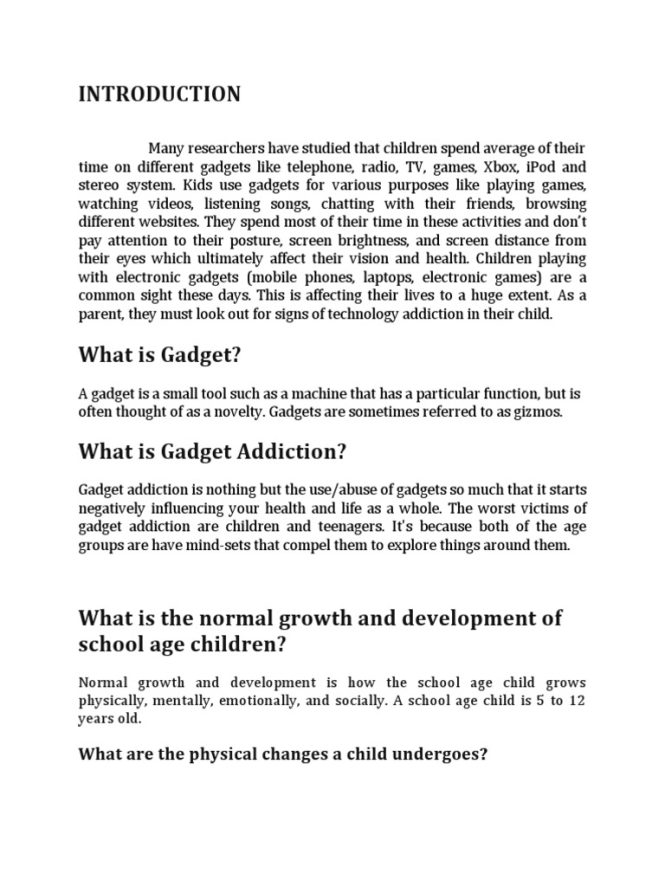

Does excessive gadget use cause ADHD? This critical question sparks debate among parents and experts alike. While gadgets themselves aren’t directly linked to ADHD, their influence on behavior and development deserves careful consideration. This comprehensive guide delves into the intricate relationship between technology use and ADHD, examining potential connections, mitigating factors, and strategies for promoting healthy development. The article will explore the various ways technology may impact attention spans, cognitive function, and emotional regulation, offering practical insights for parents and individuals concerned about this issue. We’ll cover relevant research, potential risks, and constructive solutions for navigating this modern challenge.
The Complex Link Between Gadgets and ADHD
The modern world is saturated with technology, and children are often exposed to gadgets at a younger age than ever before. This increased screen time has led to concerns about potential links to Attention Deficit Hyperactivity Disorder (ADHD). While a direct causal link between gadget use and ADHD is not definitively established, evidence suggests a complex interplay, and it’s vital to understand the nuances of this relationship. The key is recognizing that gadgets are just one part of the larger picture, and it’s crucial to assess the entire lifestyle context. This article examines the potential impact of gadgets on the development and expression of ADHD-like symptoms, shedding light on the interplay between technology, cognitive development, and behavioral patterns.
Understanding Attention Deficit Hyperactivity Disorder (ADHD)
Defining ADHD
ADHD is a neurodevelopmental disorder characterized by persistent inattention, hyperactivity, and impulsivity. Symptoms often manifest early in childhood and can continue into adolescence and adulthood. Diagnosing ADHD requires a comprehensive evaluation by a qualified professional, encompassing psychological assessments, observations, and parental/teacher reports. Various factors contribute to the development and expression of ADHD, including genetics, environmental influences, and neurobiological factors.
Potential Symptoms Associated With Excessive Gadget Use
Excessive gadget use can potentially mimic some symptoms associated with ADHD, such as difficulty focusing, impulsivity, and restlessness. This might occur through issues like task-switching, a constant stream of notifications, or the captivating nature of interactive screen content. The constant stimulation can make it harder for children to maintain focus on tasks that require sustained attention. However, these are often behavioral rather than strictly neurodevelopmental symptoms.
The Role of Screen Time and Cognitive Development
Impact on Attention Span
Extensive screen time can potentially impact attention span, making it challenging for children to sustain focus on tasks requiring prolonged concentration. Interactive games and videos often rely on rapidly changing stimuli and quick responses. This constant stimulation may inadvertently train the brain to seek rapid and short-term engagement, potentially impacting its capacity for sustained attention. There are some studies that have shown potential negative correlations between excessive screen time and sustained attention.
Mitigating Factors and Strategies for Healthy Technology Habits
Setting Boundaries and Time Limits
One crucial strategy for mitigating potential negative effects is establishing clear boundaries and time limits for gadget use. This helps maintain a balance between digital engagement and other essential activities. Parents can work with children to develop a technology schedule that promotes a healthy lifestyle. These boundaries should encompass both the duration and the types of activities undertaken during the gadget usage times.
Conclusion
In conclusion, the correlation between gadgets and ADHD is not straightforward. While gadgets don’t cause ADHD, excessive screen time might exacerbate existing symptoms or contribute to the development of problematic habits in some individuals. The key takeaway is that a balanced approach is essential, which includes incorporating mindful technology use and prioritizing healthy lifestyle choices. Consider consulting experts and exploring resources on responsible technology use if you have any concerns.
The Importance of a Holistic Approach
Considering Lifestyle Factors
It’s crucial to remember that addressing potential issues related to gadget use and ADHD requires a holistic approach. Factors such as sleep patterns, diet, physical activity, and stress levels also play a significant role in a child’s overall well-being and cognitive development. A well-rounded lifestyle, incorporating healthy habits, may significantly mitigate potential risks associated with technology use.
The Role of Environmental Factors
Assessing Family Dynamics
Family dynamics and communication patterns significantly affect a child’s mental and emotional well-being. Open communication about technology usage and the establishment of clear expectations can prevent potential negative impacts. Regular family discussions about screen time and its impact can help create a supportive environment where healthy habits are prioritized.
Frequently Asked Questions
Q1: Can excessive gadget use cause ADHD?
A1: No, excessive gadget use is not considered a direct cause of ADHD. However, it can contribute to behavioral patterns that may resemble some symptoms of ADHD. The true cause of ADHD is complex and likely stems from a combination of genetic and environmental factors. The relationship is complex; there’s no simple cause-and-effect relationship.
Q2: How can parents promote healthy technology habits?
A2: Setting clear time limits, establishing dedicated technology-free zones, encouraging outdoor activities, and promoting a balanced lifestyle are crucial in fostering healthy technology habits. Open communication and collaboration between parents and children are paramount. Engage in discussions about the benefits and drawbacks of technology usage.
In conclusion, while gadgets themselves likely don’t cause ADHD, excessive screen time and the associated behaviors can contribute to the development of problematic habits and potentially exacerbate existing ADHD symptoms in susceptible individuals. A balanced approach, incorporating mindful use of technology and prioritizing healthy lifestyle choices, is crucial. To gain further insight, consider exploring resources on responsible technology use and seeking guidance from qualified professionals if you have concerns. Do you have any other questions about this complex interplay between technology and mental health?